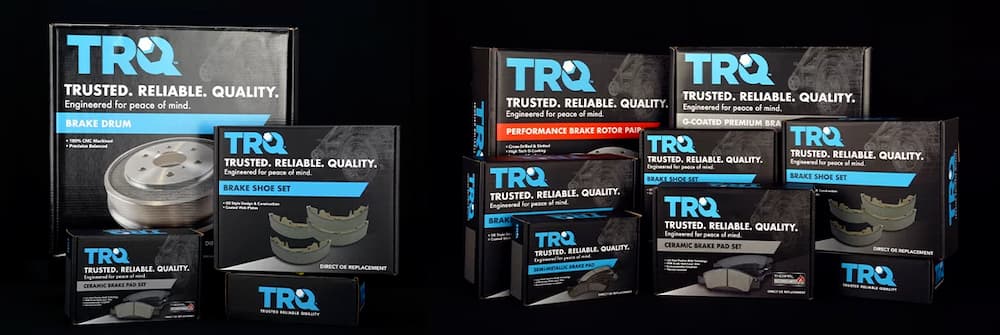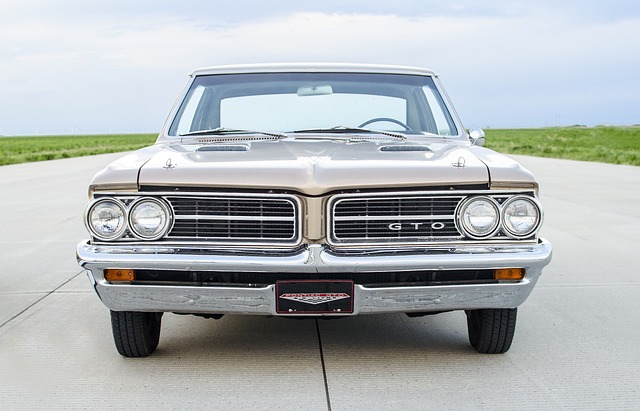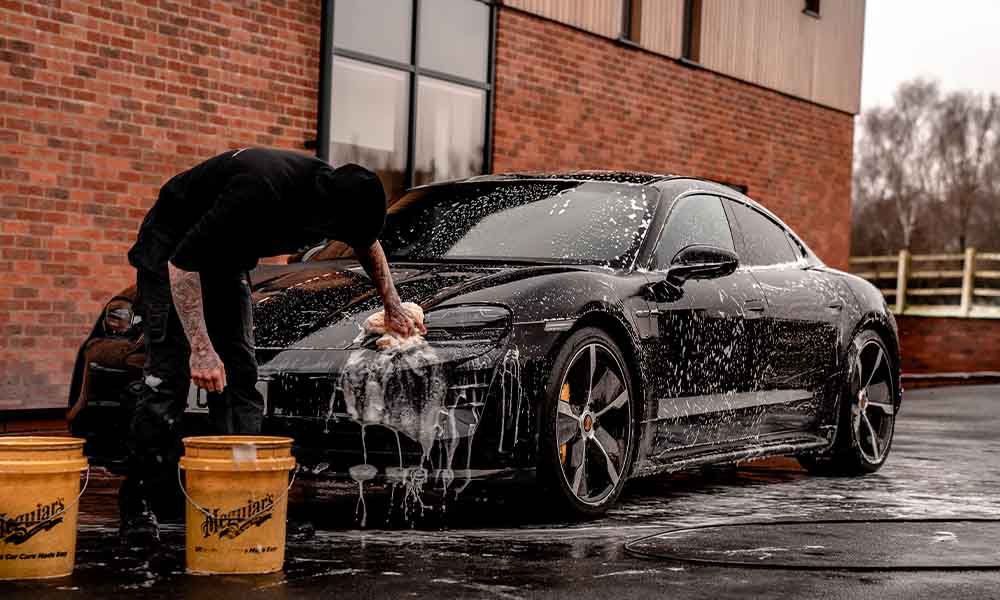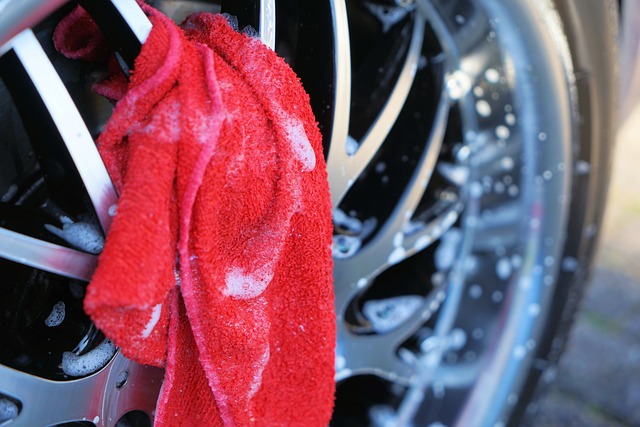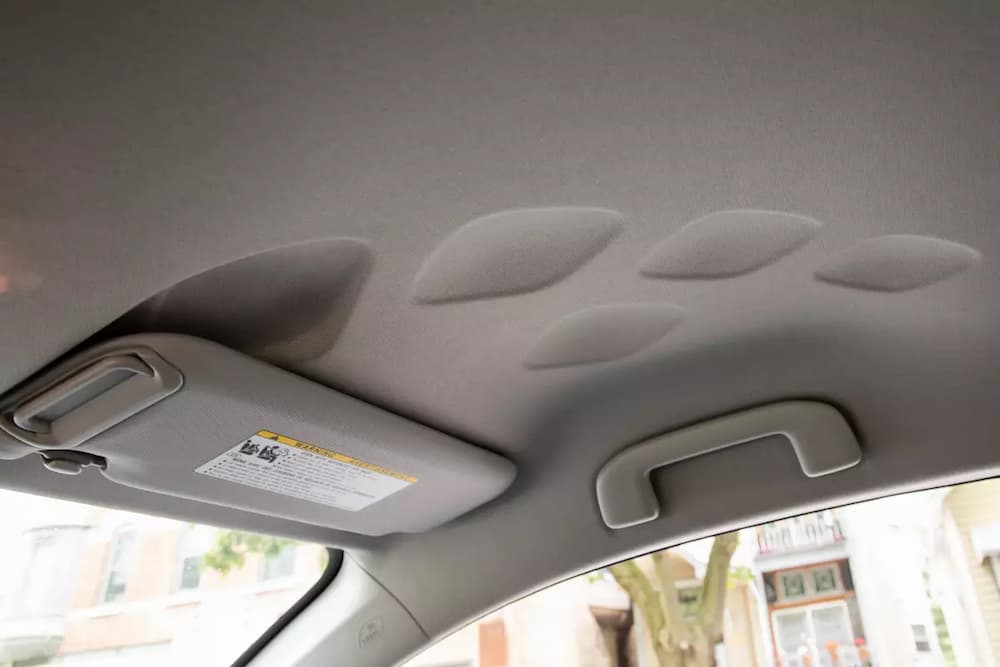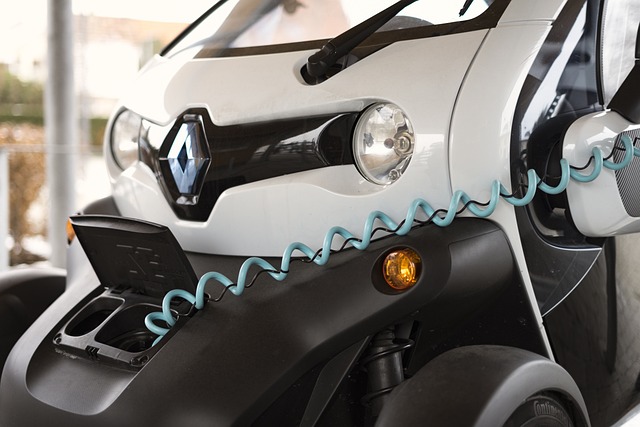The final coat of paint to be applied to your car is the clear coat, which is applied over the primer and the pigmented paint. It is a transparent, glossy coating designed to improve the appearance of your paint and offer some level of environmental defense.
Please continue reading for more information.
Table of Contents
What Are Clear Coats?
The only difference between clear coat, a type of resinous paint, and the actual paint on your car is that the latter has pigment to give it color. This produces a shiny, glossy, and occasionally mirror-like shine to the paint when applied to car paint.
This improves the paint color, but more importantly, it safeguards the paint.
If your car’s paint isn’t protected by a clear coat, exposure to the environment, such as dirt, rain, and other hazards, will deteriorate it.
The idea is that you would rather reapply the clear coat than have to repaint the car, but this isn’t the only justification since the metal beneath the paint can rust and weaken if left without a protective layer like a clear coat. It takes time for this to happen, and eventually it may result in engine and structural damage.
If I Do Not Get My Car Clear Coated, What Happens?
To preserve the quality of the paint job, the vast majority of cars sold have “factory” clear coats.
Debris and water will rust a car’s paint if it is not clear coated. A good example is rust spots on older vehicles. Paint naturally allows particles and water to contact metal because it is porous. Older vehicles with faded clear coats will rust if the clear coat isn’t reapplied.
A car without a clear coat will be damaged by heavy rain, as will driving it frequently without performing routine maintenance and cleaning. These days, having a car includes having a clear coat pretty much as a given.
Pro Of Clear Coat
In addition to giving your car a noticeable shine, the clear coat shields it from the sun’s rays and ultraviolet light, which stops fading. Without a clear coat, contaminants like dirt, grime, and other harmful elements can attack the paint on a car. These impurities could damage the look of your car, or even worse, they might eventually lead to rust and corrosion!
Cons Of Clear Coat
Having a clear coat has drawbacks despite how crucial it is. Since clear coat is easily scratched, it may eventually become cloudy.
By routinely polishing the clear coat with a wax product like Meguiar’s Cleaner Wax (available on Amazon), cloudiness and scratching can be reduced. With just one step, this cleaner wax effectively gets rid of small dings, haze, and light oxidation.
A clear coat can quickly deteriorate without regular waxing and washing with high-quality car soap, giving the entire vehicle a dull, unpolished appearance.
Numerous outside factors can damage clear coat. Clear coats deteriorate with time for a variety of reasons, including bugs, bird droppings, ambient pollution, and intense sunlight exposure.
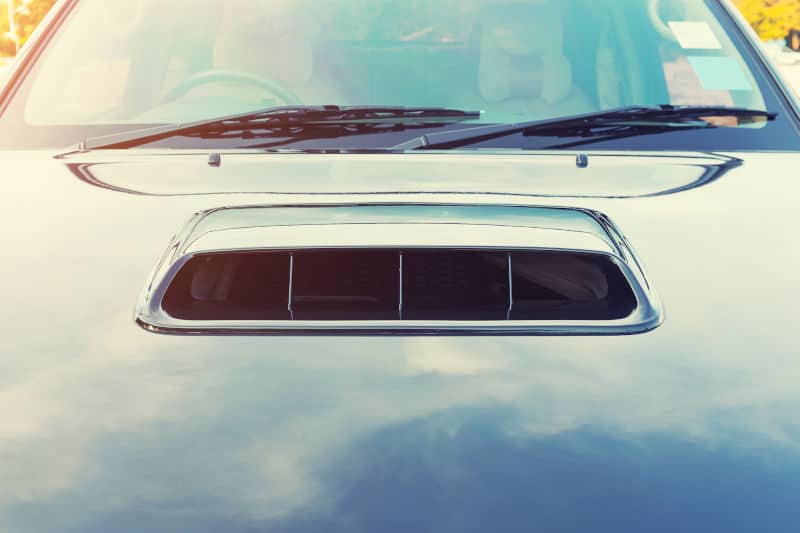
How Long Is A Clear Coat Usable?
If the owner takes good care of the car, a typical clear coat application, such as a factory clear coat, can last as long as 10-15 years. The clear coat deteriorates over time as a result of dirt, metal, sand, and other environmental contaminants getting lodged inside of it.
The clear coat may fade as quickly as five years after application if the car isn’t cleaned frequently. See more about What Is A Clear Title?
How Do I Care For Clear Coat?
The brilliantly colored paint job on your car can be well-protected with clear coat, keeping it looking brand-new for years to come. The owner must exercise some caution to maintain it, just like with any good thing. After ten years or more, well-maintained automobiles can still appear to be brand new. Fortunately, maintaining a clear coat so that it looks fantastic and shiny for a very long time is not that difficult.
Avoid Abrasive Materials
It’s crucial to use a material that isn’t too rough or abrasive when washing your car. In contrast to being helpful, stiff brushes and rough pads can damage the clear coat that protects the paint.
The best materials to use when washing your car are microfiber cleaning cloths and dry microfiber cloths.
Do You Need Wax For Clear Coat?
While wax isn’t required for a clear coat, waxing your car is one of the best ways to enhance and preserve the clear coat’s protective qualities and strengthen its shiny gloss. On top of the clear coat, wax offers a thin layer of protection that effectively deflects foreign objects that could scratch it.
Additionally, waxing your car reduces the UV radiation that the clear coat is exposed to when it is in the sun.
Apply wax after washing your car for the best results. The removal of any dirt or other impurities will be made easier as a result. This is crucial because applying wax to a dirty car grinds these coarse particles into the clearcoat, harming it.
When Should I Wash My Car?
When determining how frequently to wax your car, two years is a good benchmark. To what extent you should do it, there isn’t a clear-cut answer. An interval that is more frequent and reduces environmental harm is once per season.
How frequently the car is exposed to the elements is the main factor that influences the frequency of waxing. For instance, a car that is parked on the street every day will require more frequent waxing than a car that is parked in a climate-controlled garage the majority of the time.
On your car’s surface, weather hazards like persistent rain and snow wear away and leave behind small particles. Although strong winds aren’t necessarily bad in and of themselves, they can also cause damage to your car.
Pouring some water on your car will quickly reveal whether the wax is eroding. The wax is still good and doesn’t require reapplication just yet if the water beads up and rolls off. You should probably wax your car if the water doesn’t bead up and roll off.
Simply touching it is another way to see if you’re still waxed; if your finger slides across the surface without meeting any resistance, you probably still are. There’s a good chance you need to get waxed if your finger drags and feels very frictional.
Does Clear Coat Need Maintenance?
We already know that waxing can help preserve a clear coat’s quality, but what other routine upkeep is required?
It is necessary to regularly wash your car to maintain the clear coat, which does require maintenance. To further enhance the mirror-like sleek gloss of a clear coat while working to remove damaging elements like dirt, sand, or salt, choose a high-quality car soap rather than a cheap one.
Your car will never look dingy or dusty again when combined with wax.
What Goes On When A Clear Coat Is Applied?
There are two primary goals when applying lacquer or clear coat to a car:
Aesthetic Function
In accordance with the aesthetics you want to give the surface, you can achieve a variety of finish paints by using different clear coats: from a glossy finish, to a more satin or even matte finish.
Additionally, clear coats serve as a visual effect enhancer for some colors due to their composition and transparency: metallic colours, pearl colours, three-coated colours, etc.
Protective Function
A clear coat, as the topcoat to be applied, must provide hardness and resistance to the outside. It must also be insulating and protective of the coloured coat, sealing the surface correctly against external aggression.
Protection against mechanical agents such as automatic car wash machines, chemical products such as fuels, oils or detergents, or atmospheric agents such as UV radiation is a crucial component in extending the paint coat’s longevity over time.
Does Your Car Actually Get Protected By The Clear Coat?
While the clear coat does offer some degree of environmental defense, particularly against the sun’s UV rays, it largely falls short of expectations. Clear coats are not very strong because they are only 1.5 to 2 millimeters thick (thinner than a Post-It Note), and you can even scratch them with your fingernail. Simply put, clear coats don’t provide much defense.
Despite the fact that an unprotected clear coat might not show signs of trouble right away, it can begin to crack as it ages, which is known as “crazing.” Crazing is a pattern of spiderweb-like cracks in the clear coat that can easily spread to the base coat of paint. Making sure it doesn’t happen in the first place is preferable because the only way to fix this problem is to repaint the car.
In addition, clear coats can break down as they get older. It’s possible that you’ve seen cars with paint that looks like it’s pealing off; this is known as clear coat failure, and it’s not a pretty sight. In addition, over time, surface impurities like acid rain, bird droppings, bug splatter, and industrial debris can make clear coat finishes appear faded and damaged.
The End
The transparent layer over the paint is called the clear coat. Nearly all modern automobiles have a clear coat finish, and the thickness of the finish varies depending on the panel and the manufacturer. Between 30 and 80 microns is the typical range for clear coat thickness.
Feel free to post a comment if you have any queries.
Regarding your reading, I thank you.







